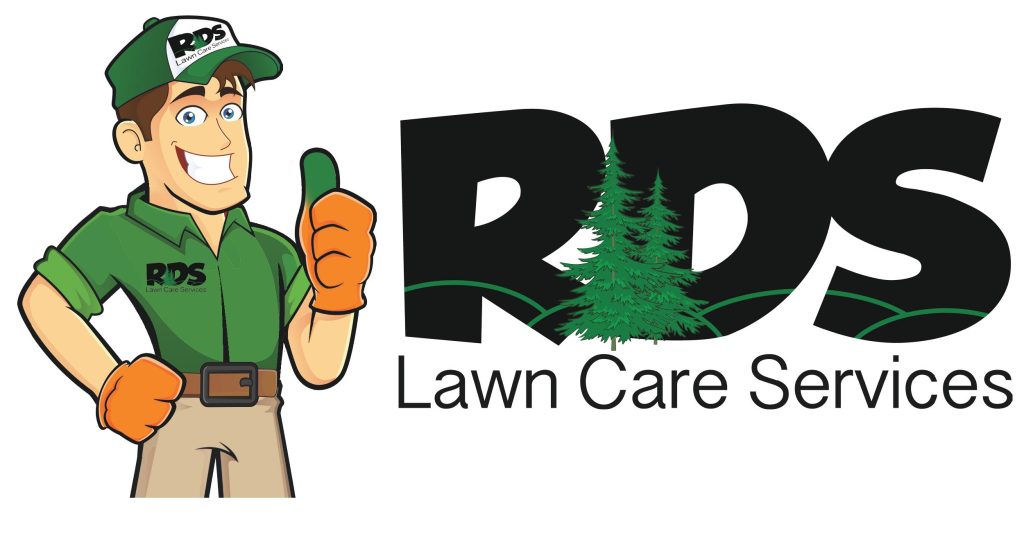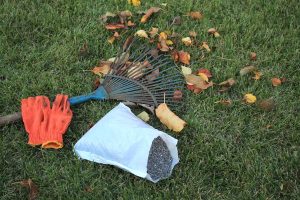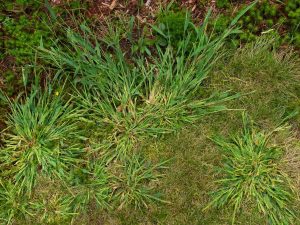Weeds may look harmless in the fall, but letting them spread now sets the stage for a much bigger problem next spring. At RDS Lawn Care, we see the same pattern every year across Charlotte and the surrounding areas. Homeowners skip fall weed control, only to face lawns overrun with crabgrass, clover, dandelions, and other invasive plants once warm weather returns.
The reason is simple. Fall is when weeds prepare for next season by producing seeds and storing energy. If they are not controlled, the soil seedbank grows and turfgrass faces even heavier competition next year. Taking action in the fall is not just optional maintenance. It is a critical step in long-term lawn health.
The Weed Seedbank: Why Fall Matters
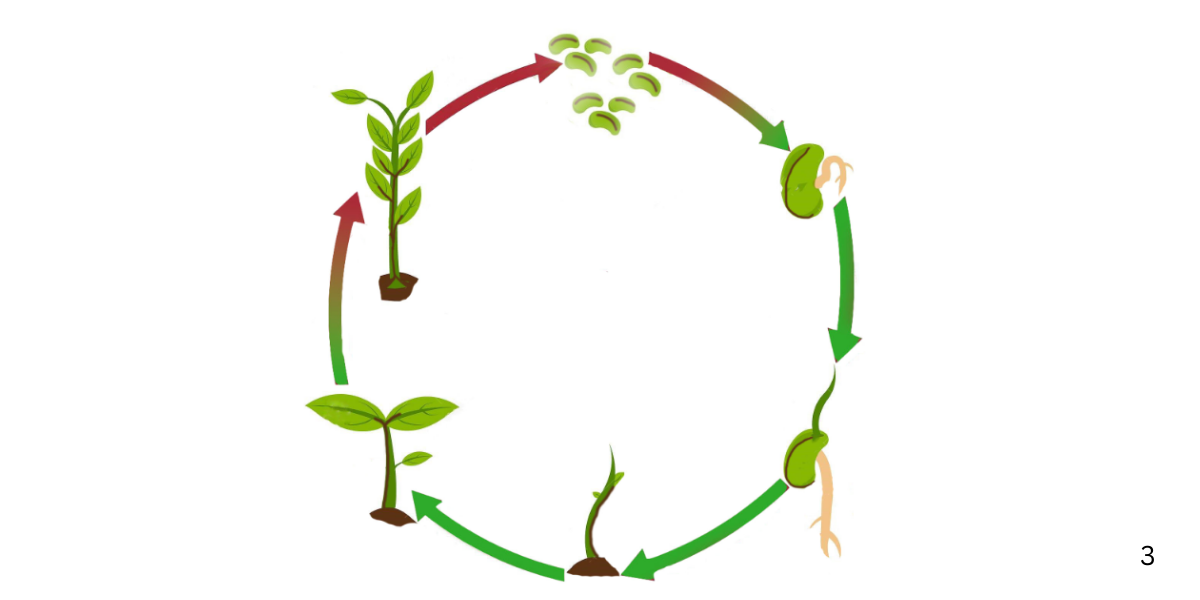
Weeds reproduce by producing seeds that drop into the soil. This hidden reserve is called the seedbank. Every fall, broadleaf weeds such as dandelions and hairy bittercress release seeds that lie dormant through winter. When the soil warms in spring, they germinate in huge numbers.
If weeds are ignored in the fall, they continue producing seeds and expanding the seedbank. That means more weeds sprouting next spring, competing with turf for light, nutrients, and water. Breaking this cycle is only possible if weeds are managed before they release seeds.
How Fall Weeds Create Spring Problems
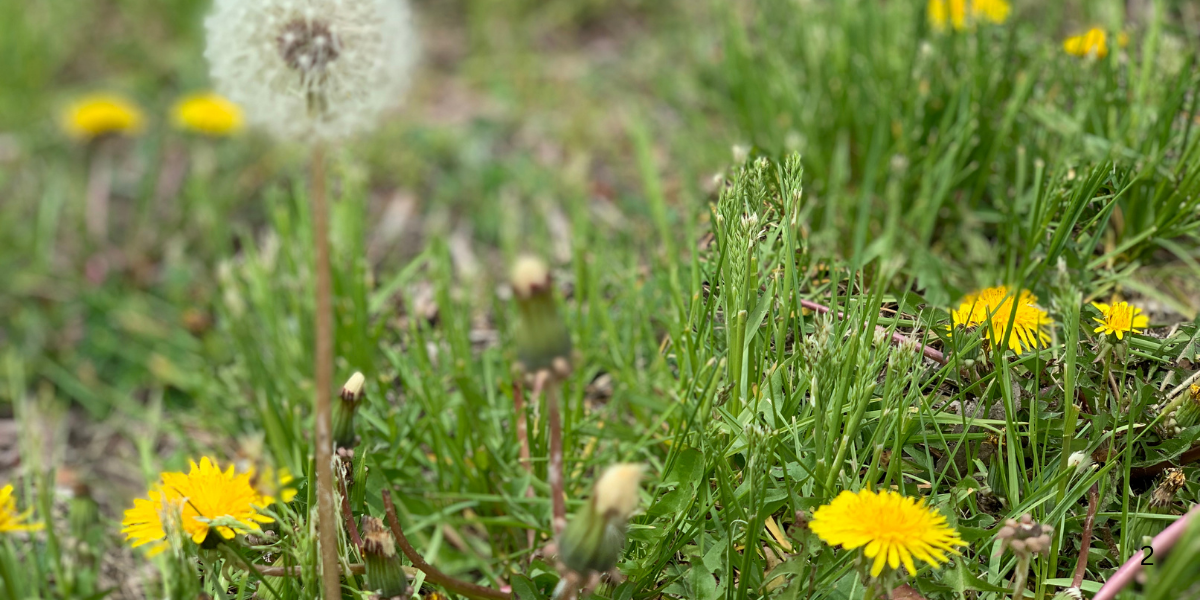
The connection between fall neglect and spring invasion comes down to two main pathways: seed production and competition.
Seed production happens when weeds are left to mature. A single dandelion head can release hundreds of seeds. Clover patches spread quickly as they flower. When this continues unchecked in the fall, the soil gains thousands of new weed seeds, ready to germinate as soon as temperatures rise.
Competition is the second pathway. Weeds that survive the winter grow aggressively as soon as spring arrives. They outcompete turfgrass that is still recovering from winter dormancy. Thin or stressed grass cannot stand up against weeds, and the result is a patchy, uneven lawn that requires more work to restore.
Timing and Products: Pre-emergent vs Post-emergent

Lawn care professionals use two main strategies for weed control: pre-emergent herbicides and post-emergent herbicides. Both play a role in fall management.
Pre-emergent herbicides prevent weed seeds from germinating. They form a barrier in the soil that blocks growth before weeds break through the surface. Timing is critical. If applied too late, the weeds may already be established. If applied too early, the product may lose effectiveness before germination begins. In the Carolinas, soil temperature is the main guide for timing.
Post-emergent herbicides are different. They target weeds that are already visible. Fall is an excellent time for post-emergent treatments because perennial broadleaf weeds are actively moving nutrients to their roots. When treated, they absorb the herbicide deeply and die more effectively. This prevents seed production and weakens the weed population before winter.
Using the right product at the right time is the key. Many homeowners make the mistake of applying a pre-emergent after weeds have already germinated or using a post-emergent that does not target the correct species. This wastes money and allows weeds to continue spreading.
Common Mistakes That Make Problems Worse
The most common mistake is waiting until spring to start weed control. By that time, the seedbank has already been replenished, and weeds are competing aggressively with turfgrass. Spot treatments in spring can help, but the problem is much harder to contain.
Another mistake is using the wrong product at the wrong time. Pre-emergent herbicides must be applied before germination. If used afterward, they do nothing to existing weeds. Post-emergents must be matched to the specific weed species. Applying a broadleaf herbicide on grassy weeds like crabgrass will not work.
Some homeowners also overlook the impact of overseeding. Many pre-emergent herbicides will also prevent desirable grass seed from germinating. Applying the wrong pre-emergent before or after overseeding can ruin seeding efforts.
These missteps often lead to wasted time and money. Worse, they allow weeds to spread even more aggressively, leading to the same issues next spring but on a larger scale.
Building a Fall Strategy to Prevent a Spring Weed Explosion
The most effective approach to weed control combines several tactics into a fall program. Removing visible weeds now reduces seed production. A targeted post-emergent application stops perennials from sending seeds into the soil. This simple step reduces the seedbank and sets the lawn up for a cleaner start next year.
Pre-emergent treatments applied at the correct time can then stop new germination. In Charlotte, fall pre-emergents are especially useful for winter annual weeds such as Poa annua. These weeds germinate in cooler weather, survive the winter, and explode in early spring if not controlled.
For homeowners planning to overseed, careful scheduling is required. Certain pre-emergent herbicides cannot be used immediately before or after seeding. Choosing products that allow grass seed to germinate while still blocking weeds is a professional calculation that makes a big difference.
Combining overseeding with weed control strengthens turf density. A thicker lawn naturally shades the soil and reduces space for weeds to grow. This cultural practice works alongside herbicide treatments to create a sustainable, long-term defense.
When Professional Lawn Care Makes the Difference
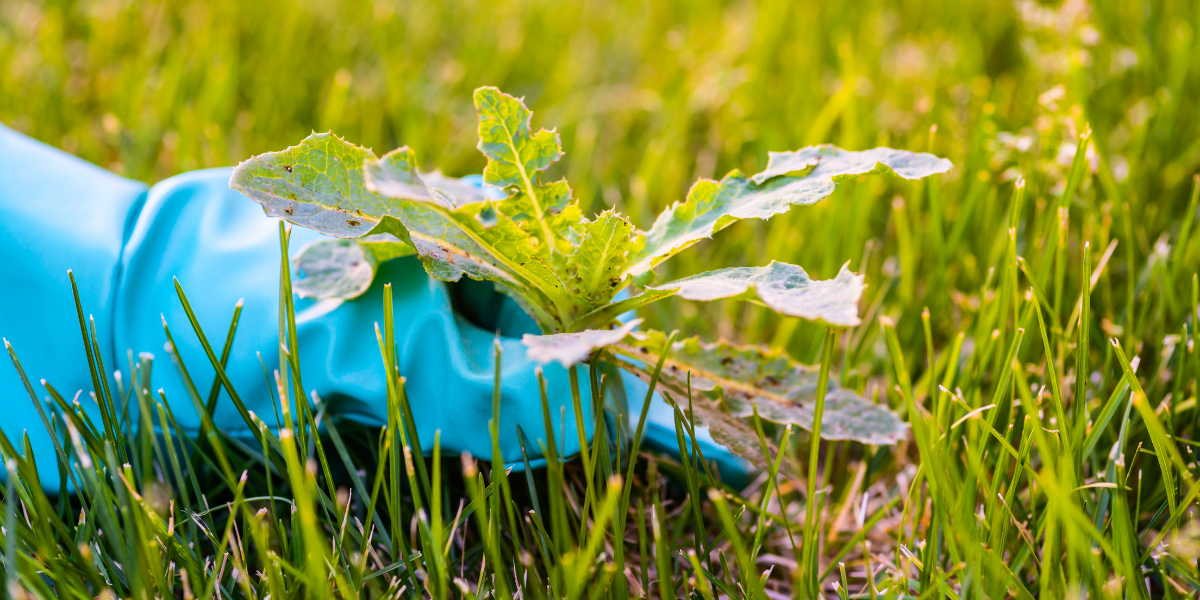
DIY weed control is possible, but it comes with challenges. Lawns in the Carolinas vary in soil type, grass species, and existing weed pressure. Each of these factors changes how and when treatments should be applied.
Large lawns are especially difficult for homeowners to treat evenly. Uneven coverage leaves untreated patches where weeds thrive and spread. Misapplication also increases the risk of damaging turf or wasting product.
At RDS Lawn Care, we design fall programs tailored to each property. Our technicians apply post-emergent treatments to stop current weed growth, pre-emergent applications to block future germination, and overseeding schedules that strengthen turf without conflict. This integrated approach prevents spring weed outbreaks and saves homeowners money in the long run.
What You Save Next Spring
Investing in fall weed control reduces the need for costly repairs in spring. Lawns with fewer weeds require fewer herbicide applications, less spot treatment, and less reseeding. Thick, healthy turf needs less irrigation and fertilizer because it is not competing with invasive plants.
Homeowners who ignore weeds in the fall often face large bare spots by spring. Repairing those areas requires overseeding, additional fertilizer, and sometimes multiple herbicide applications. The cost in both money and time is far greater than a simple fall program.
Fall weed control is not just about appearance. It is about building resilience. A lawn that enters winter with fewer weeds and stronger turf recovers faster in spring and holds up better against heat, drought, and pests.
Frequently Asked Questions
Will pulling weeds in the fall help next spring?
Yes. Removing weeds before they produce seeds reduces the seedbank. Even simple hand-pulling can prevent hundreds of seeds from entering the soil.
When should pre-emergent herbicides be applied?
Timing depends on soil temperature and the type of weeds you are targeting. In North Carolina, late fall applications are effective for winter annuals, while spring applications are needed for summer annuals like crabgrass.
Can I overseed if I have applied a pre-emergent?
Not all pre-emergents are safe for seeding. Some prevent all seed germination, including desirable turfgrass. Always match your product to your overseeding schedule.
Do pre-emergents stop all weeds?
No. Pre-emergents block germination, but they do not kill existing weeds. For visible weeds, post-emergent treatments are required.
How often should I include fall weed control?
Annual fall weed control is recommended. Consistent programs prevent the seedbank from building and keep lawns strong year after year.
Take Action Before It’s Too Late
Weed control in the fall is not just about looks today. It is about preventing major problems next spring. Ignoring weeds now allows them to drop seeds, expand their root systems, and strengthen their hold on your lawn. By spring, the problem multiplies.
At RDS Lawn Care, we know the local soil and the weeds that thrive in it. Our fall programs are designed to stop weeds before they take over and to strengthen your turf for the season ahead. Call us today at (704) 822-1625 or request a free quote online to protect your lawn before spring problems begin.
